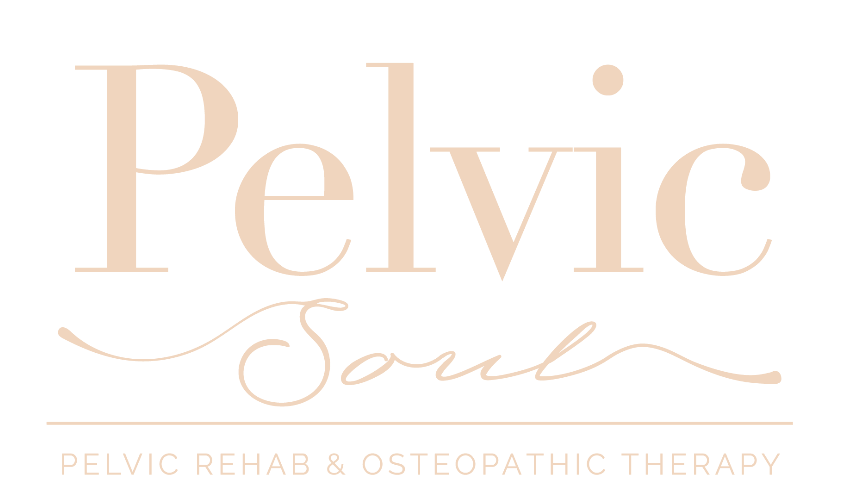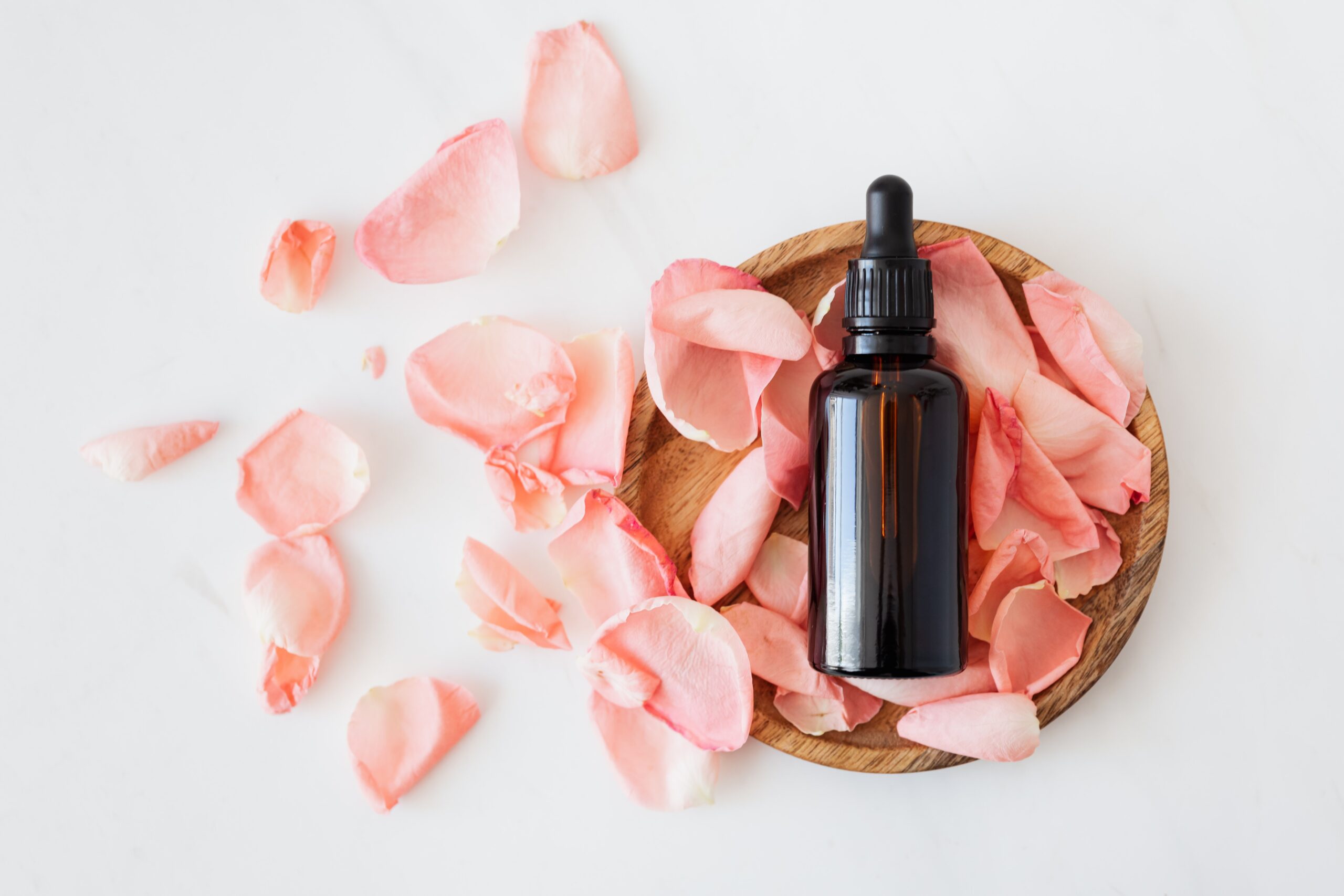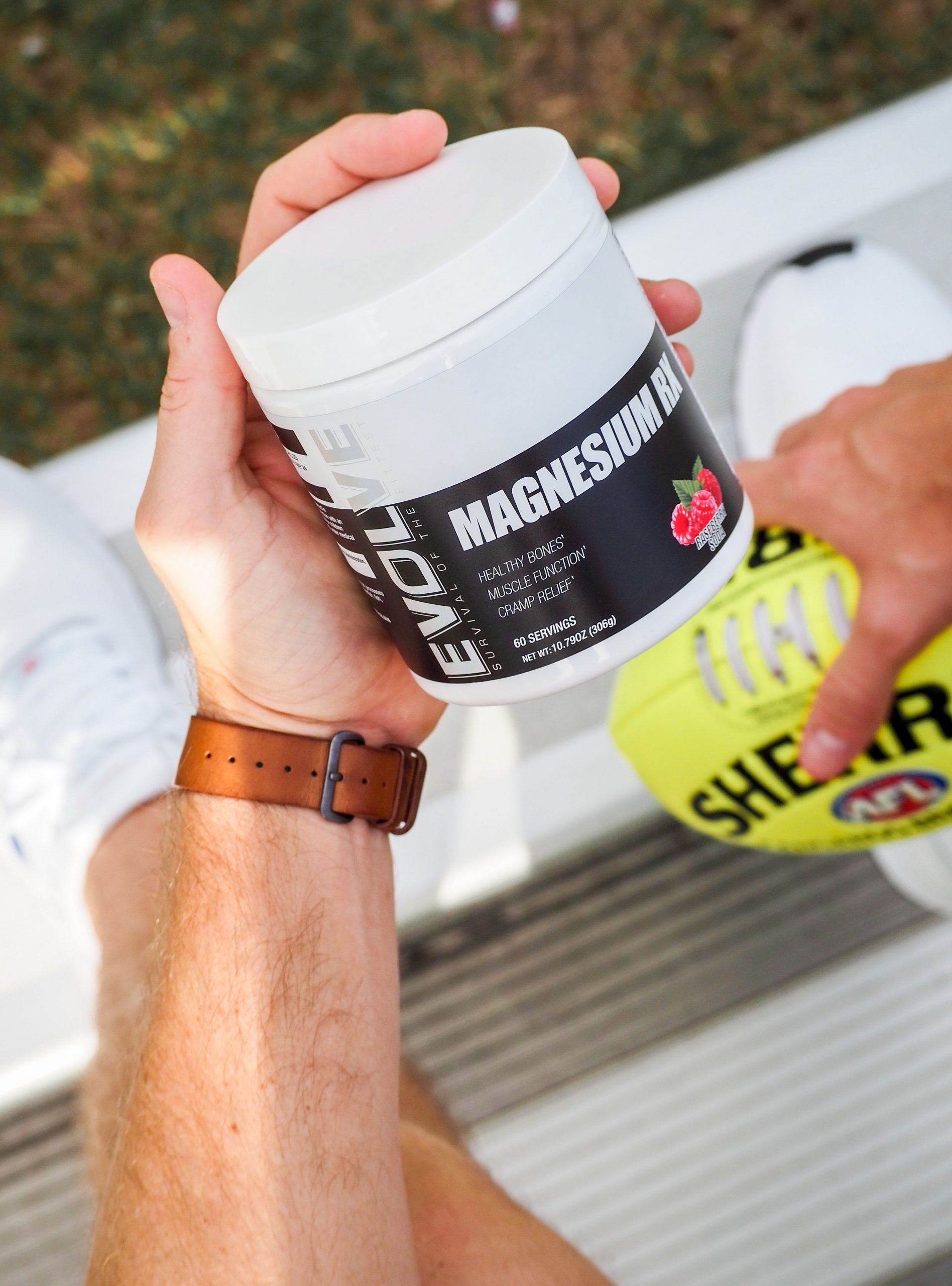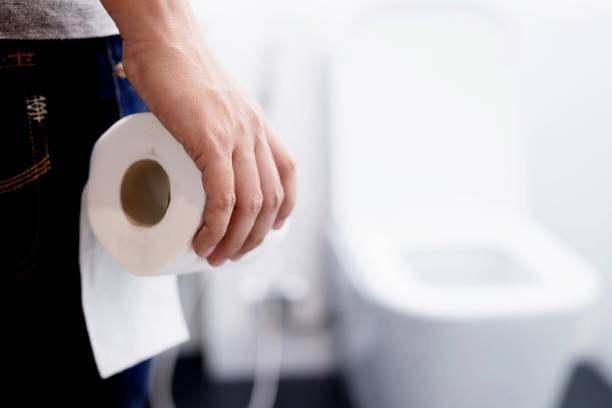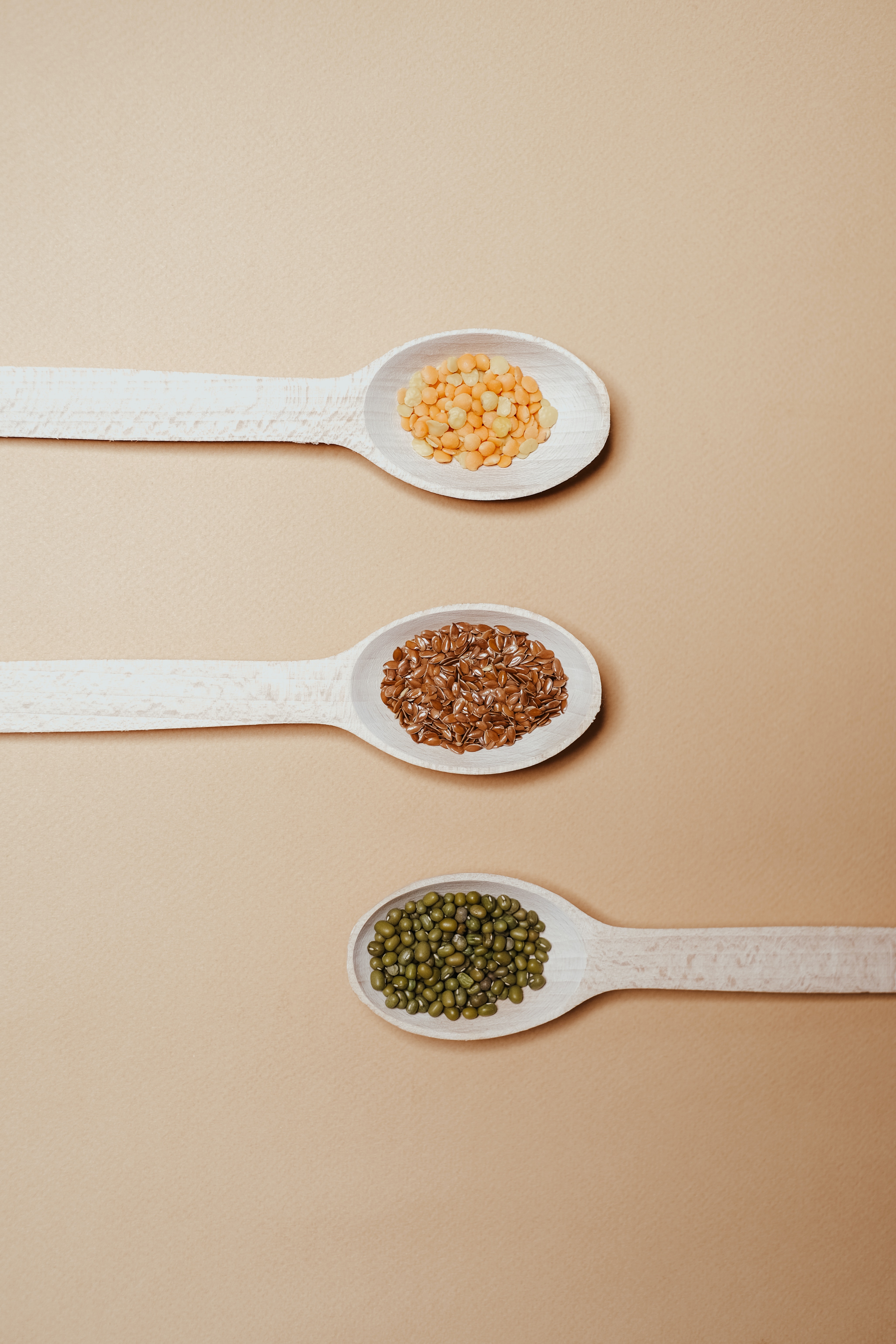Here are our favorite traditional and science-backed Belly Binding tips from our Pelvic Floor Therapist!
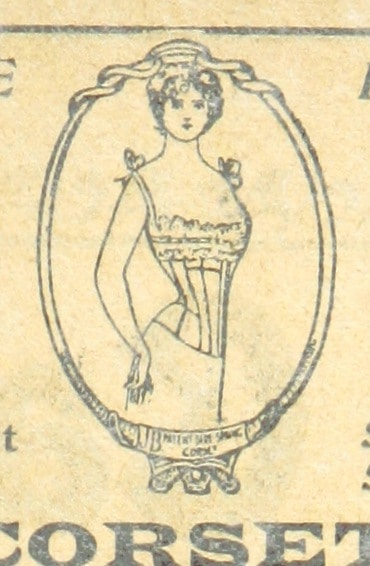
You may have read all the things not to do when healing your core postpartum, but how about all the things you should do? Let’s take a look at a simple practice that can help heal your core – belly binding.
Postpartum Belly Binding has been a traditional practice in the birth recovery routines of many traditional cultures – the most popular method in the US being Bengkung Belly Binding from Indonesia. Kusunga Dumbu is the Zimbabwean belly binding tradition, while Indian mothers have used the trusty 6 or 9 yard sari to teach their daughters to bind their postpartum belly for generations. (For tying instructions, please consult a practitioner with training in these traditions.)
What’s interesting is that the teaching of these traditional methods are more in-line with medical core rehab principles than some modern diastasis recti healing programs.
- Pick a binder or corset that can be customized to your body shape. Avoid 1-piece binders or corsets (which are often recommended by commercial core rehab programs) that give little room for adjustment at different levels of your postpartum body. A fabric binder – like a sari or bengkung wrap – are wrapped & tightened around your shape allowing for a better fit. You can also find postpartum binders like this one (I have no affiliations to the maker of this product, and recommend the design with no guarantee for quality of product. Please refer to reviews before purchase) which allow for different levels of snugness for your hips, midriff and upper belly.
- Try to learn from a traditional practitioner. This piece of advice goes beyond cultural appropriation. Unfortunately, a lot of traditional wisdom has been distilled down such that important pieces of knowledge have been lost along the way. Commercial online retailers will recommend the use of a bengkung wrap even post-cesarean birth; whereas a traditional Kusunga Dumbu expert or Indian Dai-ma (female postpartum caregiver) will tell you to avoid or delay traditional belly wrapping in this case. Traditional belly wrapping relies on creating tension through stretching & tightly knotting fabric – which can cause uncomfortable rubbing over your healing belly scar. If you birthed via cesarean a one-piece binder with a smooth inside surface (often provided by the hospital) is a good starting point.
- Bind with the right intention. The focus of Belly Binding should be bringing the belly together or closing the hips (in more traditional terms) – it’s should not be on squeezing or sucking the belly in. Securing a binder too tightly has a negative effect on your core and pelvic floor. In the postpartum state of “loose” or relaxed ligaments, you could be increasing your risk of prolapse or incontinence with the squeezing effect on your core pushing your pelvic organs down (and possibly out) of your pelvic floor.
- Wearing duration. Traditional Indian sari wraps are tied once a day, and worn until the wrap naturally loosens; which can take between 4-6 hours based on level of activity. Belly Binding is also traditionally practiced during the laying-in period, which is 40 days long or about 6 weeks.
This is remarkably in line with latest rehab recommendations for postpartum core support – to provide external support for the first 4-6 weeks, followed by more active core engagement exercises. Muscles don’t heal by pushing them closer together – this is not the purpose of traditional belly binding. Traditional belly binding aims to “close the hips” after birth, ie, provide support to a new mother’s joints which have stretched through pregnancy & birthing.
Wearing binders for 12-24 hours for several months postpartum is not recommended by traditional or modern postpartum care experts.
I recommend that women focus on healing their bodies with rest, nutritious food and bonding with their baby in the first 40 days, and start shifting their focus to core & pelvic floor recovery exercises after these first six weeks.
For personalized insight into a core recovery program, give us a call, we’ll be happy to set you on the path to healing right!
The information on this page is not medical advice intended to replace postpartum care. Please contact your medical care provider for any medical questions or concerns.
